I mentioned in the last post that one can try to predict the outcome of electrophilic aromatic substitution by approximating the properties of the transition state from those of either the reactant or the (presumed Wheland) intermediate by invoking Hammond’s postulate[cite]10.1021/ja01607a027[/cite]. A third option is readily available nowadays; calculate the transition state directly. Here are the results of exploring this third variation.
The electrophilic substitution of indoles is a staple of any course on organic chemistry.
Infra-red spectroscopy of molecules was introduced 110 years ago by Coblentz[cite]10.1103/PhysRevSeriesI.20.273[/cite] as the first functional group spectroscopic method (” The structure of the compound has a great influence on the absorption spectra.
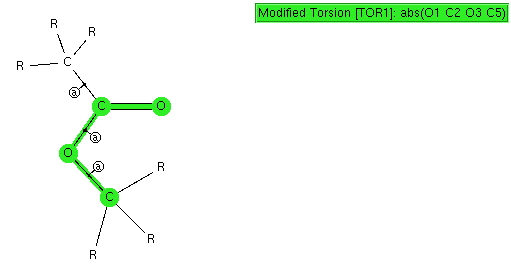
I conclude my exploration of conformational preferences by taking a look at esters. As before, I start with a search definition, the ester being restricted to one bearing only sp 3 carbon centers. The result of such a search is pretty clear-cut; they all exist in just one conformation, the s-cis , in which a lone pair of electrons on the alkyl-oxygen is aligned quite precisely anti-periplanar with the axis of the C=O bond.
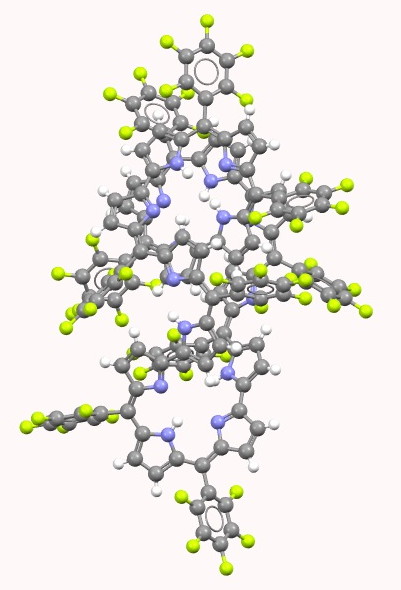
My last comment as appended to the previous post promised to analyse two so-called extended porphyrins for their topological descriptors. I start with the Cãlugãreanu/Fuller theorem
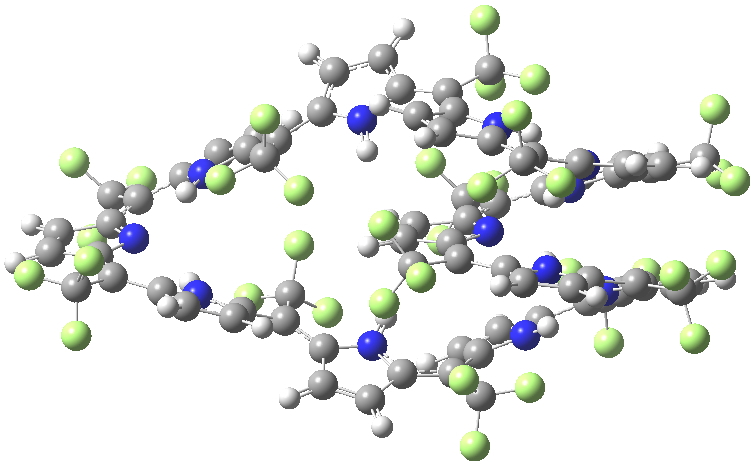
An extensive discussion developed regarding my post on a fascinating helical [144]-annulene.
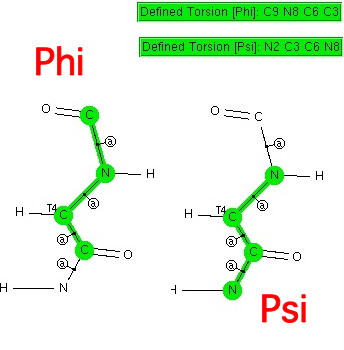
This is really just a postscript to the previous post. There I showed how a search of the (small molecule) crystal database revealed the s-cis conformation about the N-C amide bond (the one with partial double bond character that prevents rotation) and how this conformation means that a C-H approaches quite closely to an adjacent oxygen.
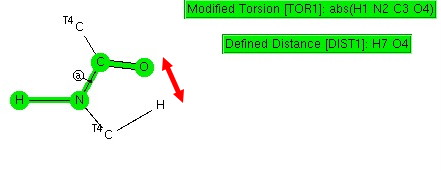
Amides with an H-N group are a component of the peptide linkage (O=C-NH). Here I ask what the conformation (it could also be called a configuration) about the C-N bond is. A search of the following type can be defined: The dihedral shown is for H-N-C=O (but this is equivalent to the C-C-N-C dihedral, which is also often called the dihedral angle associated with the peptide group). I have also added a distance, from a C-H
Consider acetaldehyde (ethanal for progressive nomenclaturists). What conformation does it adopt, and why? This question was posed of me by a student at the end of a recent lecture of mine. Surely, an easy answer to give? Read on … There really are only two possibilities, the syn and anti . Well, I have discovered it is useful to start with a search of the Cambridge data base.
In a previous post, I set out how to show how one can reduce a 1 H NMR spectrum to the structure [A] below. I speculated how a further test could be applied to this structure; back predicting its spectrum using just quantum mechanics. Overkill I know, but how well might the two match? The process must start by considering the conformational possibilities of [A]. Each will have a different predicted spectrum.
